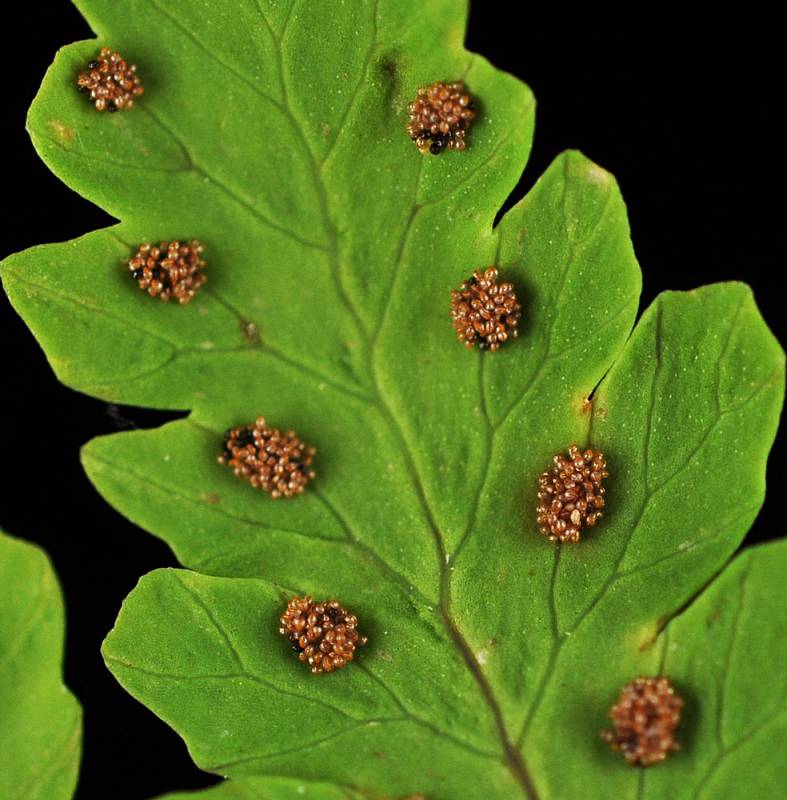Hosted by the University of Washington Herbarium, Burke Museum
Publication: Phytologist. 4: app. 24. 1851.
Origin: Native
Herbarium search: CPNWH
Notes: FNA2: "Gymnocarpium dryopteris is a fertile allotetraploid species that arose following hybridization between G . appalachianum and G . disjunctum (see reticulogram). Its wide distribution over much of the north temperate zone has provided ample opportunity for secondary contact between G . dryopteris and each of its diploid parents, thereby resulting in a wide-ranging composite of abortive-spored triploid crosses ( G . disjunctum × G . dryopteris and G . appalachianum × G . dryopteris ). These relationships are shown on the diagram. Sterile triploid plants are not restricted only to areas where the range of the tetraploid overlaps with that of either diploid. Their broad distribution could be explained in part by their spores, which are of two types: malformed, black, and with very exaggerated perispores, or round with extensive netted perispores (K. M. Pryer and D. M. Britton 1983). The latter spore type is capable of germination and presumably permits the plants to reproduce apogamously. The name G . × brittonianum (Sarvela) Pryer & Haufler has been applied to the G . disjunctum × G . dryopteris hybrid formula (K. M. Pryer and C. H. Haufler 1993). The type of G . × brittonianum has aborted and round spores, and leaves that strongly resemble those of G . disjunctum . They are large, 3-pinnate-pinnatifid, and the second and third pairs of pinnae are sessile with basal basiscopic pinnules markedly longer than the basal acroscopic pinnules. Sterile triploid plants with a morphology similar to the type of G . × brittonianum are frequent. The biology of both of these cryptic hybrid taxa needs further study, which should lead to detailed morphologic descriptions and distribution maps.
Gymnocarpium dryopteris also hybridizes with both G . jessoense subsp. parvulum and G . robertianum ."
Last updated 5/20/2023 by David Giblin.

